Driver Distraction Continues Almost 30 Seconds After Text is Sent, Research Reveals
/Groundbreaking research by the AAA Foundation for Traffic Safety reveals that the distraction drivers experience using voice activated technology - or their smartphones - to make a call, change music or send a text can linger for almost 30 seconds after the task is complete.
“This should be a wakeup call to anyone who feels safe texting while sitting at a red light”, says AAA spokesperson Amy Parmenter. “Just because you can hit the gas when the light turns green, doesn’t mean you’re good to go.”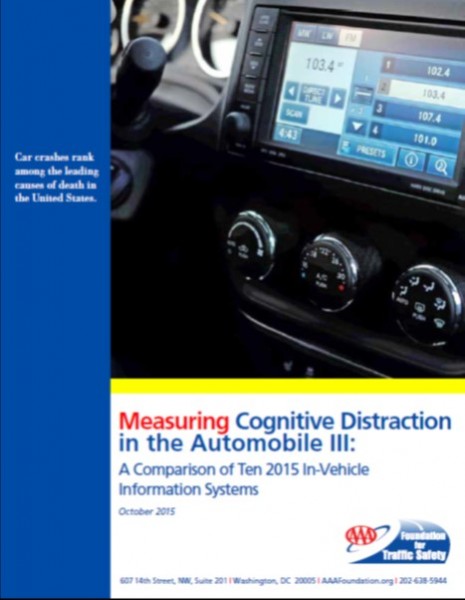
Researchers studying various push-to-talk technologies found that potentially unsafe levels of mental distraction lasted for as long as 27 seconds after completing a task in the worst-performing systems. And, at the 25 MPH speed limit in the study, drivers traveled the length of nearly three football fields during this time. Using the least distracting systems, drivers still remained impaired for more than 15 seconds.
The researchers discovered the residual effects of mental distraction while comparing the voice activated technology in ten 2015 vehicles and three types of smart phones. The analysis found that all systems studied increased mental distraction to potentially unsafe levels.
“Automakers often promote everything their connected cars can do, but this research paints a frightening picture of what drivers can’t do if they use the popular features” Parmenter says. “Hands free does not mean risk free. It’s that simple”.
Last month, CT by the Numbers reported that in-car electronics that allow drivers to listen to, read and send text messages while at the wheel may be skirting the spirit, if not the letter, of Connecticut law. In Connecticut, Public Act 10-109, enacted in 2010, states that “no person shall operate a motor vehicle … while using a hand-held mobile telephone to engage in a call or while using a mobile electronic device while such vehicle is in motion. An operator of a motor vehicle who types, sends or reads a text message with a hand-held mobile telephone or mobile electronic device while such vehicle is in motion shall be in violation of this section.”
In the AAA study, researchers rated driver distraction on a scale of 1-5, with 1 being relatively safe, about equal to listening to the radio, and 5 being highly challenging in such a way as to overload the driver’s attention. The best performing system was the Chevy Equinox with a cognitive distraction rating of 2.4, while the worst performing system was the Mazda 6 with a cognitive distraction rating of 4.6.
The systems that performed best generally had fewer errors, required less time on task and were relatively easy to use. The researchers also studied voice activated smartphone technology and found that Google Now outperformed Apple Siri and Microsoft Cortana but, they say, all were dangerously distracting with ratings of 3.1, 3.4 and 3.8 respectively.
Dr. David Strayer and Dr. Joel Cooper of the University of Utah conducted the research. A total of 257 drivers ages 21-70 participated in the study of 2015 model-year vehicles, while 65 additional drivers ages 21-68 tested the three phone systems. Over the last two weeks, AAA has shared its findings with policymakers, safety advocates and manufacturers in hopes of improving the safety of future technology.
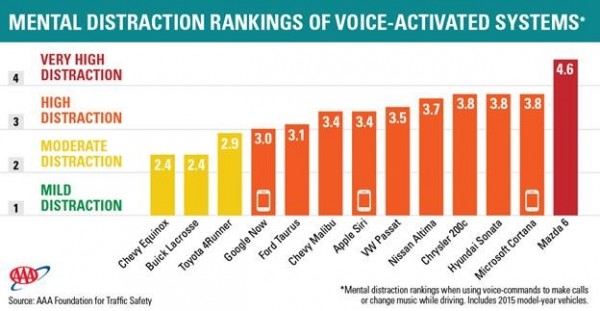


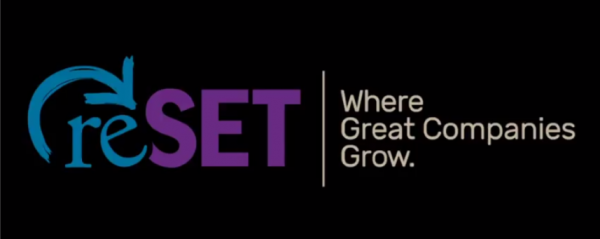
 sustainable lifestyle beverate brand for teens and tweens. The company's goal is to inspire young people to realize the power of consumer choices to effect social and environmental change.
sustainable lifestyle beverate brand for teens and tweens. The company's goal is to inspire young people to realize the power of consumer choices to effect social and environmental change.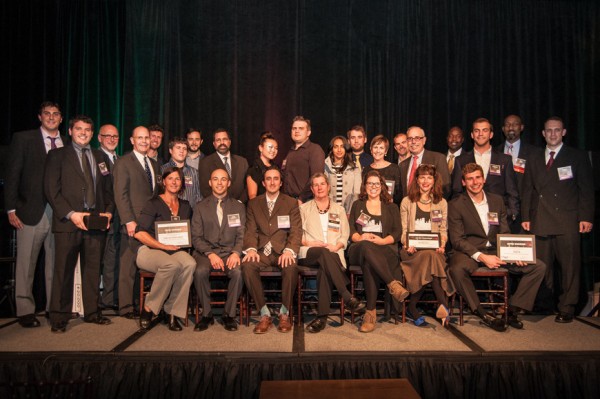
 The five awards judges - Sherrell Dorsey of Uber and Triple Pundit, Adam Dotson of Ironwood Capital, Claire Leonardi, an advisor to reSET's Social Enterprise Investment Fund and former CEO of Connnecticut Innovations, Anthony Price of LootScout and Paul Witinski of Ironwood Capital - narrowed down more than 100 applicants to 12 honorees. The People’s Choice winner was selected via more than 1,800 online votes.
The five awards judges - Sherrell Dorsey of Uber and Triple Pundit, Adam Dotson of Ironwood Capital, Claire Leonardi, an advisor to reSET's Social Enterprise Investment Fund and former CEO of Connnecticut Innovations, Anthony Price of LootScout and Paul Witinski of Ironwood Capital - narrowed down more than 100 applicants to 12 honorees. The People’s Choice winner was selected via more than 1,800 online votes.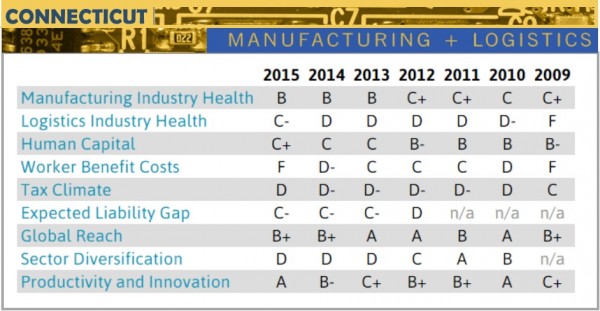

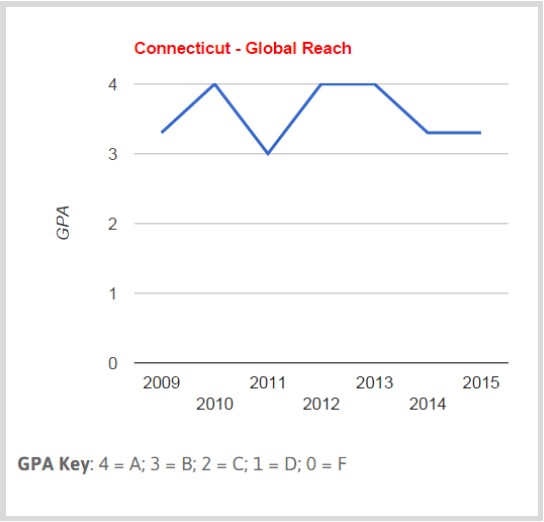


 Increasing College Retention for Minority Women in the Greater Hartford area. This new program will provide a stipend for USJ Latina students to complete an internship at either the Connecticut Department of Children and Families or the USJ Gengras Center. It will also provide inspiration to Bulkeley high school girls to hear from the USJ students about exploring careers and remaining in school.
Increasing College Retention for Minority Women in the Greater Hartford area. This new program will provide a stipend for USJ Latina students to complete an internship at either the Connecticut Department of Children and Families or the USJ Gengras Center. It will also provide inspiration to Bulkeley high school girls to hear from the USJ students about exploring careers and remaining in school.
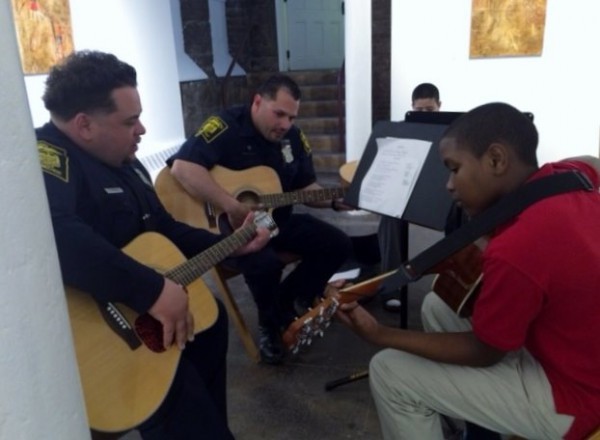
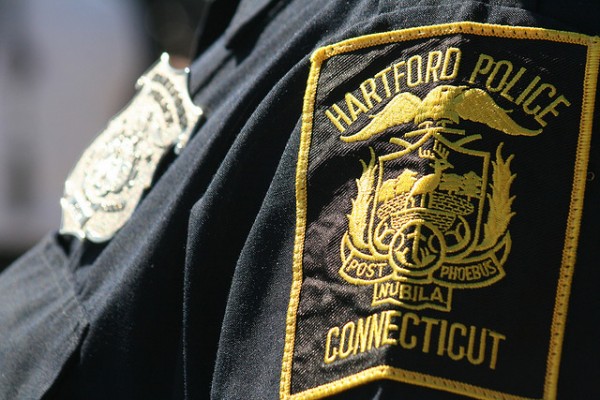 At the same time, another initiative in the city was taking root – one which soon reached the pages of
At the same time, another initiative in the city was taking root – one which soon reached the pages of  Last month
Last month Recognizing that families and caregivers are the first teachers— and homes and neighborhoods are the first learning environments – the EDI process strives to discern what works best. The EDI is an assessment that provides population-level data by neighborhood on school readiness, and has been used in over 40 communities in the United States and extensively internationally.
Recognizing that families and caregivers are the first teachers— and homes and neighborhoods are the first learning environments – the EDI process strives to discern what works best. The EDI is an assessment that provides population-level data by neighborhood on school readiness, and has been used in over 40 communities in the United States and extensively internationally. dren and families in their neighborhoods.”
dren and families in their neighborhoods.”
 on for Public Giving
on for Public Giving  The Lawrence W. O’Toole Award is given out each year to an individual, organization, school or district exhibiting great leadership through innovation or courage in moving student-centered approaches to learning forward in New England. The winner will receive a $100,000 grant from the Nellie Mae Education Foundation.
The Lawrence W. O’Toole Award is given out each year to an individual, organization, school or district exhibiting great leadership through innovation or courage in moving student-centered approaches to learning forward in New England. The winner will receive a $100,000 grant from the Nellie Mae Education Foundation.



 Officials cite studies that show many abused prescription drugs are obtained from family and friends, including from the home medicine cabinet. In addition, manyAmericans do not know how to properly dispose of their unused medicine, often flushing them down the toilet or throwing them away – both potential safety and health hazards.
Officials cite studies that show many abused prescription drugs are obtained from family and friends, including from the home medicine cabinet. In addition, manyAmericans do not know how to properly dispose of their unused medicine, often flushing them down the toilet or throwing them away – both potential safety and health hazards.


 Mallory Industries, Inc
Mallory Industries, Inc ency has always been perceived as a cam manufacturer. Components produced have been installed in life critical medical devices, numerous aircraft and various industrial equipment.
ency has always been perceived as a cam manufacturer. Components produced have been installed in life critical medical devices, numerous aircraft and various industrial equipment.



























